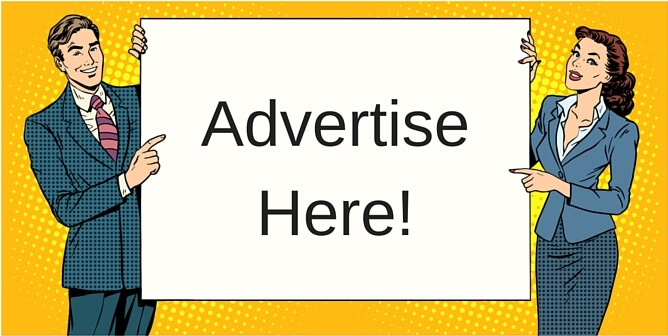Monetizing Right with Native Ads
Monetizing Right with Native Ads
Even Apple is hopping on the native train with sponsored content in its News app feed and the naysayers admit it’s too late to turn back.
Believe it or not, you do not need to sell your creative soul to the corporate devils to make native advertising work for you.
What is native?
There’s a surprisingly large spectrum of definitions for the term, but we’ll skip that debate. The most basic definition is: paid content that matches a publication’s editorial standards while meeting the audience’s expectations.
Long before native advertising there was “product placement. Here’s an example: Run DMC were rapping about their Adidas.
Technological innovation expanded the capabilities of product placement to computers and mobile devices but the main principles remain the same.
Is native advertising worth the risk and investment?
The answer to that question depends largely on your percentage of website visitors using ad blockers, and the performance of display ads and other monetization sources (like affiliates).
How to publish native ads effectively
We’ve collected tips and suggestions to help you evaluate your native advertising options and execute it without glitches.
Balancing the Mix
The most common advice (and the most obvious one) you’ll get about native advertising is to find the right balance of native ads to “real content.” Too much native advertising is bound to upset your users and distance your advertisers.
2. Keep the feed clean
One of the native advertising ad units that has been popular for quite a few years is the in-feed ad. These basically use in-stream real-estate to display ads that look like the “regular” content one would expect to find there.
Our recommendation? Avoid in-feed ads. And if you can’t help it, measure and analyze carefully.
3. Mobile Mobile Mobile
Native ads are beginning to find their niche with marketing execs. And campaign managers as a format that supports and boosts display ad sales, which makes them into a great one-two punch. Especially on mobile devices. We’ll get more detailed in the next section.
Unlike the desktop where we multitask and have multiple tabs and applications open, the tiny mobile screen can only contain so much content. So native mobile ads capture all the attention when displayed and drive consumers further down marketing funnels.
4. Keep it fun, close, and personal
When it comes to advertorials and product placement, you want as much control as possible over the content. Sure, you can let the brand content people write the text or create the video. But how much will that content fit with your publication “voice” and perception? How much is this control worth to you?
5. Analytics & Segmentation
For marketers, one of the main challenges of native advertising is measuring results. They like numbers just as much as we publishers do, if not more.
6. Don’t be a cheater: Sticking to FTC guidelines
We’ve already established that native ads attract more clicks than display ads. But the problem starts when people don’t know they’re clicking an ad, or can’t tell an ad from editorial content at all. This isn’t only frustrating to users, but also misleading and somewhat illegal.
The TL;DR version is basically don’t be an a**hole. Mark sponsored content as such, provide full disclosure and respect your audience.
6. Content Recommendation Networks
One of the main challenges in getting started with native advertising is pricing it right. With sponsored content, it’s hard to put CPC or CPM in price quotes and most advertisers expect a flat rate.
In many cases, it’s a good idea to package native ads with display ads, exclusive promotions and other tools, according to the marketer’s needs. Remember not to under-price your native ad-space. With display ads the content copy and creation are in the hands of the advertisers.
8. Native with a soul
Don’t sell your soul to native. Develop partnerships with brands and agencies that reflect your publications views and your audience’s interests. If you have a blog about makeup, having an advertorial by a funeral home is not worth any kind of money they’d be willing to offer.
Going Native
There’s still a lot missing in the native advertising puzzle to make it a perfect picture. Although users generally prefer it to display advertising, it’s still a hard sell with brand marketing execs. They want to see measurable results, and in many cases native advertising doesn’t deliver.
As native advertising evolves, it begins to merge with technologies like RTB (real time bidding) and programmatic buying of native ad space. With better targeting and segmentation, as well as analytics and reporting tools for all – native advertising will become the standard, and a must-have component in the marketer’s sales funnel.


 October 8th, 2021
October 8th, 2021




As I’m unable to add image to this post, I will try to show you the image in text from…